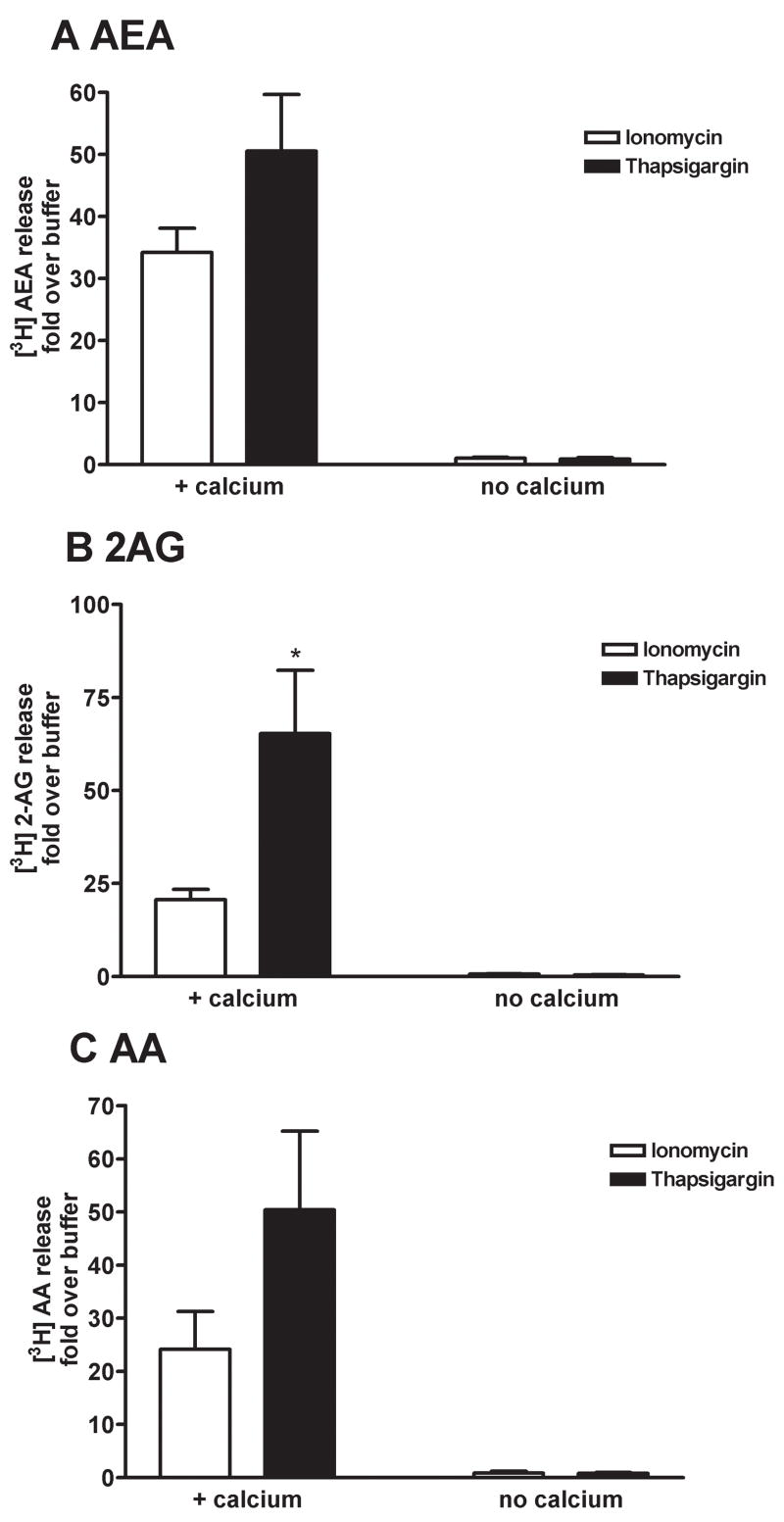Figure 4. Extracellular calcium is necessary for AEA and 2-AG biosynthesis--release of intracellular calcium stores alone does not promote endocannabinoid biosynthesis.
RBL-2H3 cells were incubated with 1 nM [3H] AEA for 24 hours. Cells were washed and then treated either with buffer, 1 μM ionomycin for 10 min or 10 μM thapsigargin at 37 °C in the presence or absence of calcium in order to stimulate AEA (A) and 2AG (B) synthesis and release, or ARA (C) release. The extracellular reaction buffer was collected, and the lipids were separated and analyzed as described in Materials and Methods. One-way ANOVA with Newman-Keul’s post-hoc test was performed for statistical analysis. * p<0.05, ionomycin vs. thapsigargin. Data represent mean ± SEM from three separate experiments performed in duplicate. CPM values (means ± SEM) for [3H] AEA synthesis and release in the presence of calcium were: buffer = 45 ± 18; ionomycin = 1465 ± 200; and thapsigargin = 2397 ± 1515. In the absence of calcium values were: buffer = 57 ± 25; ionomycin = 61 ± 90; and thapsigargin = 49 ± 24. For [3H] 2-AG synthesis and release: buffer = 29 ± 21; ionomycin = 521 ± 191; and thapsigargin = 1619 ± 787. [3H] 2-AG synthesis in the absence of calcium were: buffer = 59 ± 42; ionomycin = 38 ± 34; and thapsigargin = 19 ± 10. For [3H] ARA release: buffer = 49 ± 28; ionomycin = 871 ± 698; and thapsigargin = 1665 ± 1247. In the absence of calcium values were: buffer = 116 ± 138; ionomycin = 56 ± 41; and thapsigargin = 45 ± 15.

